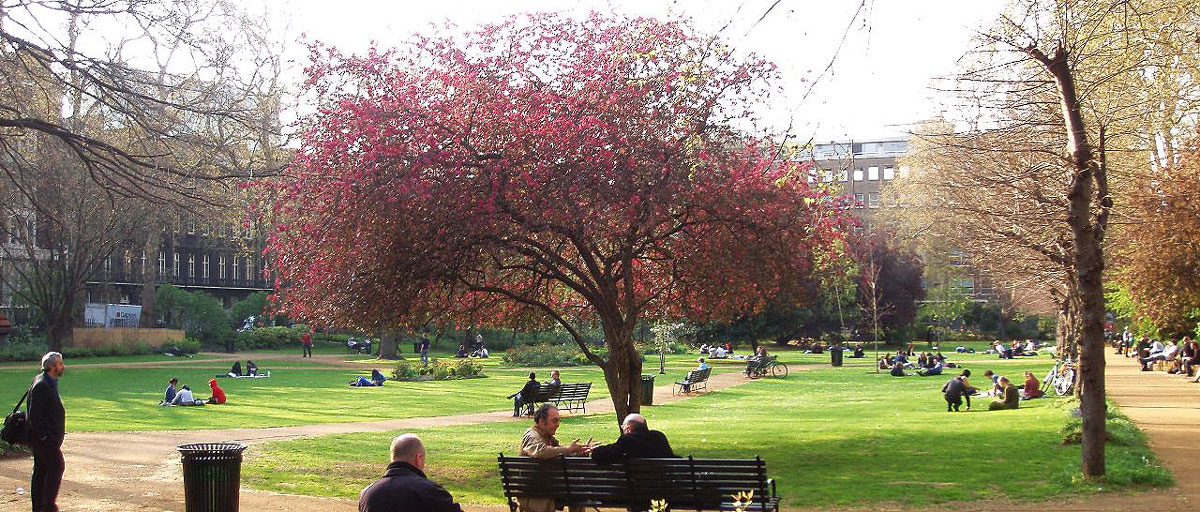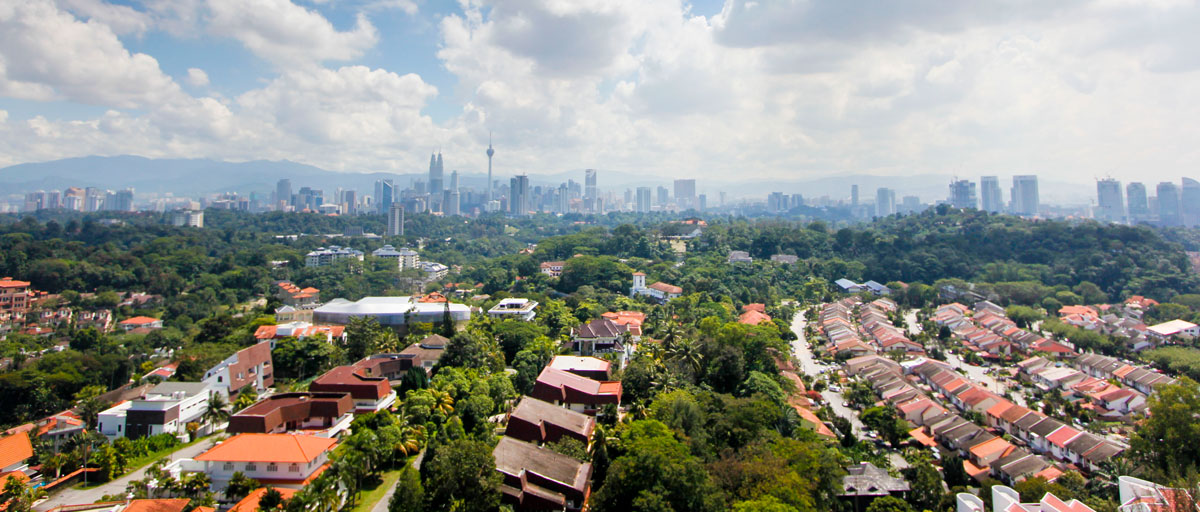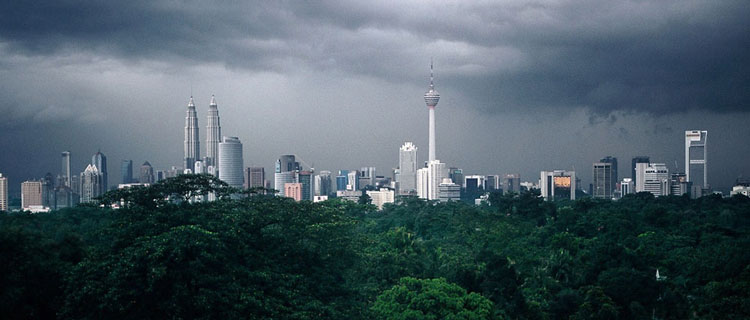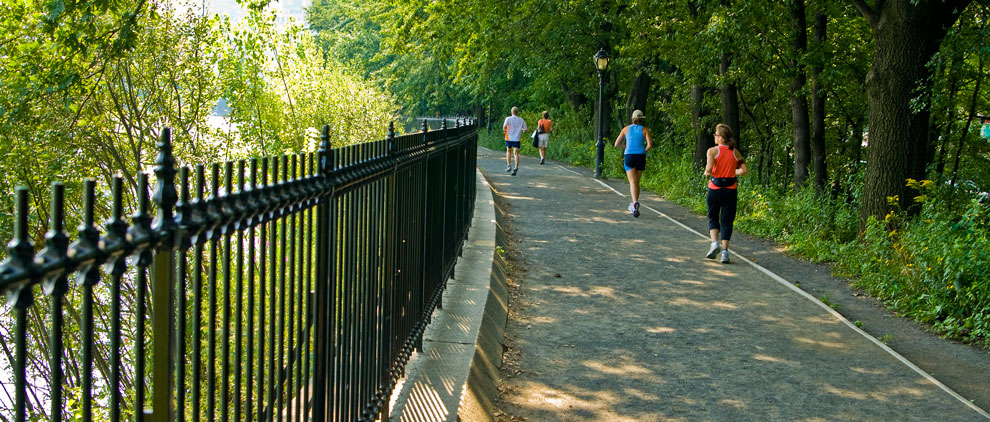
Gordon Square Garden, London: A recent study illustrates how parks, gardens and other green spaces can help cope with climate change and other environmental changes. Both London and Vancouver have invested in green spaces, augmenting the insurance value offered by urban ecosystems. Photo: E. Munro/Flickr
Bildtext får vara max två rader text. Hela texten ska högerjusteras om den bara ska innehålla fotobyline! Photo: B. Christensen/Azote
urban ecology
Green insurance
Green infrastructure can reduce environmental vulnerability of cities
- Diverse old-growth forests in Vancouver and private gardens in London provide insurance value to the two cities
- Such insurance value of green spaces can help cities cope with climate change and other environmental changes
- Study urges authorities to consider the insurance value of ecosystems, but caution against relying solely upon monetary evaluations of “green infrastructure”
Parks, gardens, green roofs and other green spaces can help cities cope with climate change and other environmental changes. This “insurance value” of ecosystems is well-known from previous studies, yet previous research has tended to neglect urban green areas even though urban populations are often highly vulnerable.
Now, a recent study published in the journal Ecosystems illustrates the importance of such insurance value through the two cases of Vancouver and London. Both these cities have invested in green spaces, augmenting the insurance value offered by urban ecosystems. This value is, however, not only important from an economic perspective.
“Although we recommend that urban authorities consider the insurance value of ecosystems in their decision-making matrix, we advise caution in relying upon monetary evaluations of insurance value,” write the authors, who include centre researchers Erik Andersson and Thomas Elmqvist.
Resilience key to insurance value
Together with their co-authors from Canada, Poland and Norway, Andersson and Elmqvist conclude that ecosystem resilience was a key factor behind the green insurance value in both cities. Resilience in this context means an urban ecosystem's ability to maintain its basic functions under disturbances. It decreases the probability of future loss of ecosystem services and insures ecosystem users in cities against potential welfare losses.
This in turn required urban authorities to identify which ecosystem components and properties that were essential to strengthen resilience of the “green infrastructure”. Diverse old-growth forests in Vancouver and private gardens in London proved to be key aspects in the two cases.
“Our research supports the notion that investments in green infrastructure can enhance insurance value, reducing vulnerability and the costs of adaptation to climate change and other environmental
change"
Article authors
Green infrastructure is in the article defined as “a network of ecosystem structures with other environmental features that are designed and managed to deliver a wide range of ecosystem services”.
The challenge is that increasingly economists have come to recognize that an ecosystem’s contribution to welfare will be understated if the analysis accounts only for the current flows of ecosystem services, but fails to also account for insurance value provided by the ecosystems’ resilience.
Clean water and connectivity
The two case studies Vancouver and London where chosen because authorities in these cities have pursued green infrastructure-oriented strategies to enhance resilience of urban ecosystems, thereby insuring people living in the cities against reductions in the urban green spaces’ capacity to provide ecosystem services.
In the case of Vancouver it has been mainly about stopping industrial logging to maintain forests in the watersheds that provide clean drinking water for residents. In London the strategy for strengthening urban green infrastructure has concentrated on the importance of private gardens that link larger parks and open spaces in the city with green suburbs. Such private gardens occupy 24% of the greater city area and are known to strengthen the resilience of the other green urban areas, which in their turn mitigate the urban heat island effect, support adaptation to climate change and provide other ecosystem services to urban inhabitants.
“Interestingly city authorities in London have also recognized that it is not enough that the gardens are green. To better respond to threats or to possible management error both the biodiversity of these private spaces and their connectivity matter,” the authors conclude.
More people in warmer cities
Building resilience in cities through investment in the insurance value of green infrastructure will be even more important as the planet warms and more people move into cities, the authors claim.
“Our research supports the notion that investments in green infrastructure can enhance insurance value, reducing vulnerability and the costs of adaptation to climate change and other environmental change,” they conclude.
Finally, the article lists a range of management strategies for green infrastructure that are likely to enhance the insurance value of urban ecosystems. These include ensuring green infrastructure is properly considered when investment decisions are made, restoring degraded lands, and implementing innovative policy instruments to protect ecosystems around cities.
The authors also warn that that there is a limit to the insurance value of urban ecosystems. This means that urban green infrastructure will lose its resilience if climate change and other global environmental changes are not mitigated.
Green, T.L., Kronenberg, J., Andersson, E., Elmqvist, T. and Gómez-Baggethun, E. 2016. Insurance Value of Green Infrastructure in and Around Cities. Ecosystems 12 May; doi:10.1007/s10021-016-9986-x
About the centre authors
Erik Andersson holds a PhD in natural resource management and systems ecology. His main research interest is in functional landscapes and the spatial framework that influences human interactions with nature.
Thomas Elmqvist is a professor in Natural Resource Management. His research is focused on ecosystem services, land use change, urbanization, natural disturbances and components of resilience including the role of social institutions.









